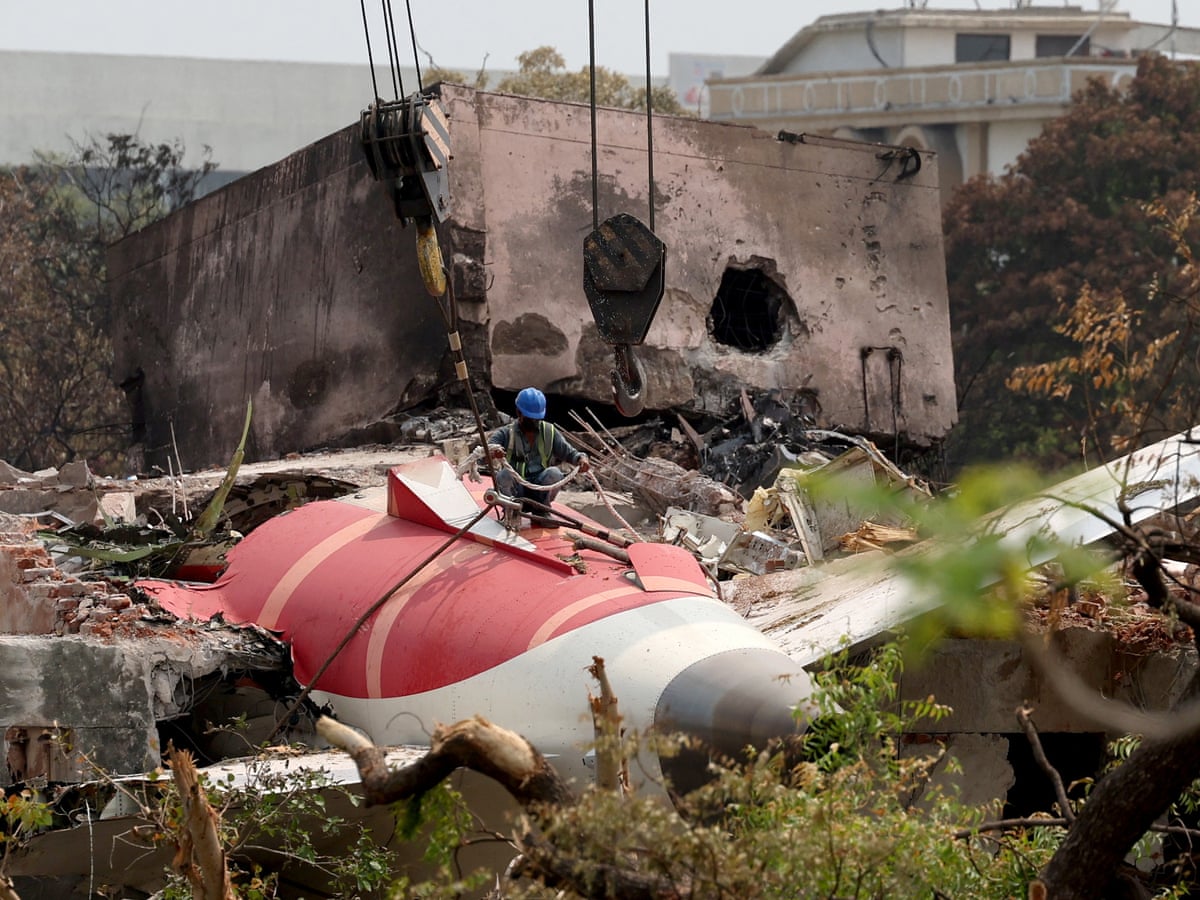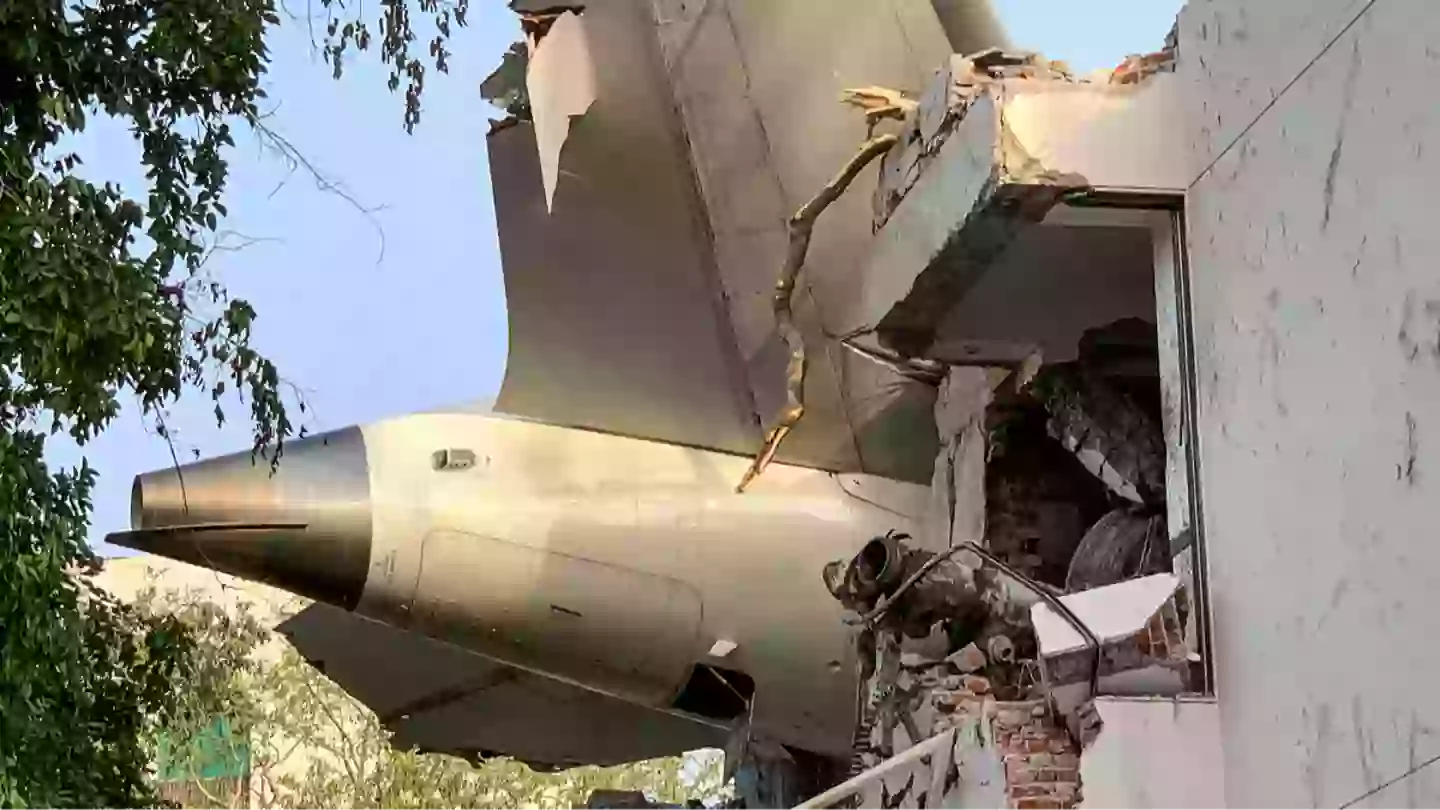After weeks of thorough investigation, aviation authorities have finally identified the root cause of the tragic Air India plane crash that shocked the nation and claimed numerous lives. The devastating incident, which occurred last month during a domestic flight from Mumbai to Kozhikode, has now been officially attributed to a combination of pilot error and adverse weather conditions, officials announced on Monday.

The Air India Express aircraft, a Boeing 737, crashed upon landing at Kozhikode International Airport amid heavy rain, skidding off the tabletop runway and breaking into two major parts. Eighteen people were killed in the accident, including both pilots, while over 100 others sustained injuries of varying severity.
According to the final report released by the Civil Aviation Investigation Bureau, the pilots attempted to land the aircraft despite poor visibility and high tailwind — conditions that made the tabletop runway especially dangerous. The report noted that multiple warnings were issued during descent, advising the crew to consider a go-around, but the approach was continued.
Investigators also revealed that the plane touched down far beyond the ideal landing zone. This significantly reduced the stopping distance, causing the aircraft to overshoot the runway and plunge into the valley below. Data retrieved from the black box confirmed that the aircraft landed more than 1,000 meters beyond the touchdown point, leaving little room for braking.
“This tragedy could have been averted if standard go-around protocols had been followed,” said lead investigator Anil Sharma during a press conference. “While the weather played a significant role, the decision-making in the cockpit ultimately led to the catastrophic outcome.”
The report also highlighted communication gaps between the air traffic control (ATC) tower and the flight crew. Although ATC provided updated weather reports, the urgency of the deteriorating conditions was reportedly not stressed enough.
Families of the victims have responded with mixed emotions. Some expressed relief at having concrete answers, while others voiced frustration over the preventable nature of the crash. Several relatives have called for stricter accountability and reforms in pilot training and aviation safety enforcement.

“We lost our loved ones because someone failed to follow protocol,” said Arun Patel, who lost his wife in the crash. “We demand justice and real changes to ensure this never happens again.”
In response to the report, the Directorate General of Civil Aviation (DGCA) has already begun implementing new safety measures. These include revised landing protocols during inclement weather, enhanced training modules on decision-making under pressure, and stricter rules on the use of tabletop runways.
Air India Express, the carrier involved in the crash, released an official statement expressing deep regret over the incident and reaffirming its commitment to passenger safety. “Our hearts go out to all the families affected. We are fully cooperating with authorities and have begun internal reviews to improve safety standards,” the statement read.
Aviation experts say that while accidents like this are rare, they are stark reminders of the critical importance of adhering to safety guidelines. “Modern aviation is incredibly safe, but it depends on everyone doing their job exactly as trained,” said Captain Raj Malhotra, a veteran pilot and aviation analyst.
The crash, one of the deadliest in Indian aviation in recent years, has reignited debates around airport infrastructure, particularly the use of tabletop runways, which are located on elevated terrain with steep drops at the end. Experts have urged for further evaluation of such runways and investment in technology to assist pilots in difficult landings.
As the investigation concludes, attention now shifts to how the findings will be used to improve safety for future flights. The government has pledged to strengthen aviation oversight and work closely with airline operators to prevent similar tragedies.
For the families of the victims, however, the loss remains immeasurable. As memorials continue to be held across the country, many hope that the lessons from this disaster will translate into safer skies for all.
News
Ivana’s Brutal Confession: ‘Dan’s a Player… I Deserve Better!
Rumors, speculations, and wild theories are once again circulating in the world of Philippine showbiz, and at the center of…
Taal Lake Horror: Human Bones Found With Zip-Ties — Families Fear Mass Execution Cover-Up
Taal Lake is once again at the center of national attention after authorities confirmed the discovery of human remains beneath…
Trending Case: 100 Missing Sabungeros Allegedly Dumped in Taal Lake; Billionaire Denies Involvement (an)
A shocking and gruesome crime story has taken the internet by storm as authorities continue to investigate the mysterious disappearance…
Ryzza Mae Dizon Speaks Out Against Vic and Joey, Ready to Testify for Atasha in Eat Bulaga Controversy (an)
In a bold and unexpected move, former child star and TV host Ryzza Mae Dizon has broken her silence and…
Wally Bayola Ready to Testify for Atasha Muhlach Against Joey de Leon Over Eat Bulaga Incident (an)
In a stunning turn of events that has rocked the Philippine entertainment industry, comedian and longtime “Eat Bulaga!” host Wally…
Gladys Guevarra: Here’s What Happened After She Was Scammed by Her Boyfriend! (an)
Comedienne, host, and voice impersonator Gladys Guevarra has long been a familiar face in Philippine entertainment. Known for her hilarious…
End of content
No more pages to load











